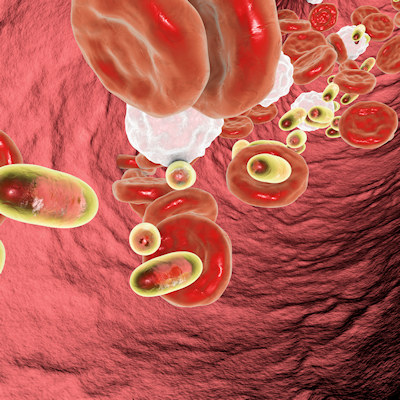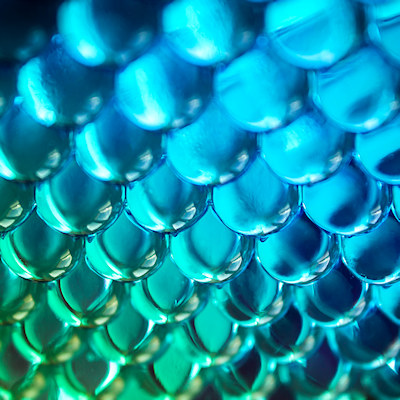December 27, 2022 -- Carnegie Mellon University and Chinese University of Hong Kong researchers are collaborating to reduce the size of printable nanodevices. Their work, published December 22 in Science, may facilitate the design and manufacture of sophisticated nanodevices.
Previous research used expansion microscopy -- proportionally enlarging microscopic samples embedded in hydrogel -- to enable detailed viewing without upgrading microscopes. The researchers did the opposite; they created 3D patterns of materials in hydrogel, then shrank them for nanoscale resolution.
Their technique addresses a long-standing microfabrication challenge: reducing the size of printable nanodevices down to several atoms thick.
Conventional 3D nanoscale printers focus a laser point to serially process materials and require much time to complete a design. The new invention, up to 1,000 times faster, changes the width of the laser's pulse to form patterned light sheets, allowing a whole image containing hundreds of thousands of pixels to be printed simultaneously without compromising resolution. This technique, called femtosecond project two-photon lithography, could lead to cost-effective, large-scale nanoprinting for use in biotechnology, photonics, or nanodevices.
Researchers direct the laser to modify the hydrogel's network structure and pore size, then immerse the hydrogel in water containing nanoparticles of metal, alloys, diamond, molecular crystals, polymers, or ink. These nanomaterials, automatically attracted to the hydrogel's printed pattern, assemble perfectly. As the gel shrinks, the materials become densely packed and connected. For example, in a silver nanoparticle solution, the nanoparticles self-assemble to the hydrogel along laser-printed patterns. As the gel dries, shrinking up to 13 times smaller than its original size, the silver becomes dense enough to form nano silver wire and conduct electricity.
To demonstrate its encrypted optical storage capabilities, the team built a seven-layer 3D nanostructure. Each layer contained a 200 × 200-pixel hologram of one letter. After shrinking, the entire structure appeared as a translucent rectangle under the microscope. Optical decryption -- information on how much to expand the sample and where to shine light -- enabled reading of the word SCIENCE. Researchers say their technique can pack 5 petabits of information -- roughly 2.5 times the contents of all U.S. research libraries combined -- into a cubic centimeter of space.
"We would like to use the new technology to fabricate functional nanodevices, like nanocircuits, nanobiosensors, or even nanorobots for different applications," said Carnegie Mellon co-author Yongxin Zhao in a statement. "We are only limited by our imagination."
Copyright © 2022 scienceboard.net












